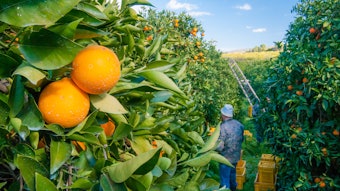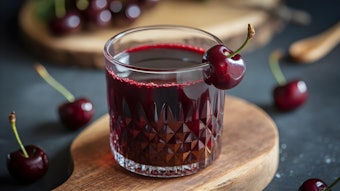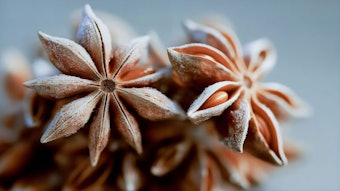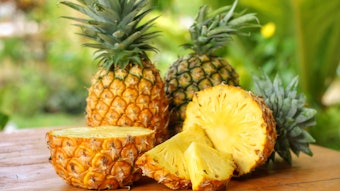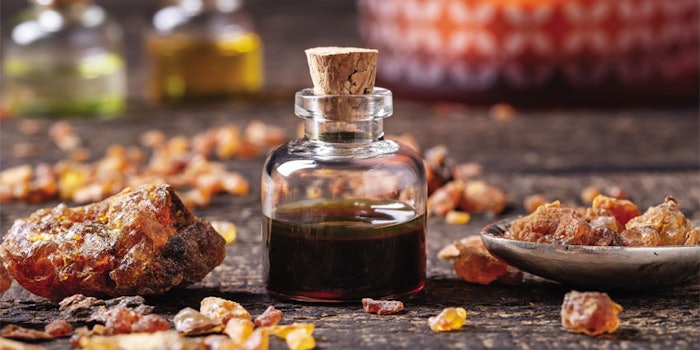
Ketoisophorone
Source: Vigon
FEMA# 3421, CAS# 1125-21-9
Natural occurrence: Champaca, clover, honey, saffron, shrimp, tea and tobacco.
Odor: @ 100%. Earthy, wet, camphoraceous, sweet, woody and tealike.
Taste: @ 2 ppm. Woody, tealike, earthy and musty.
Taste: @ 5 ppm. Woody, green, musty, earthy and tealike.
Possible applications: The humid, jungle-esque nature of this material will enliven the profiles of raspberry and other berries, tea, lime, patchouli, floral, and tobacco flavors.
Vigon: www.vigon.com
6-Methyloctanal, 10% in MCT
Supplier: Treatt
FEMA# 4433, CAS# 30689-75-9
Natural occurrence: Orange essence oil and yuzu.
Odor: @ 1%. Green, waxy, fatty, orangelike, aldehydic, peely, melonlike and cucumberlike.
Taste: @ 0.5 ppm. Melonlke, citrus peel-like, fatty, floral, green and waxy.
Taste: @ 1 ppm. Melon and cucumberlike, green, waxy and orange peel-like.
Possible applications: A touch of this aldehyde will enlarge the profiles of citrus flavors, like orange, mandarin and yuzu, cilantro, melon and cucumber flavors. It might also be thought of for use in cilantro, fat replacer and meat flavors like lamb and beef.
Treatt: www.treatt.com
For the full article, please check out the Perfumer & Flavorist+ April 2021 issue.
